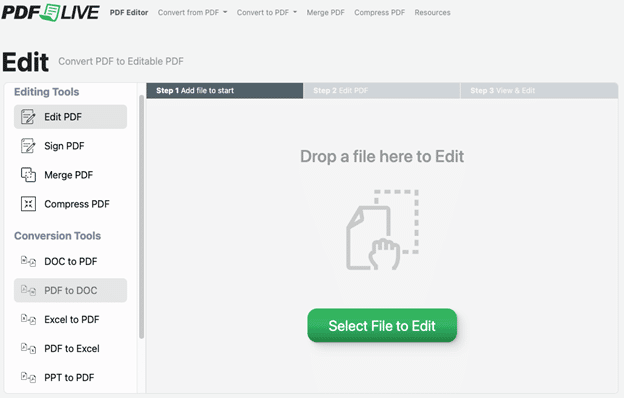In this article, we’ll explain how to sign documents online, without using a printer and hard copies. First, though, let’s address the difference between electronic signatures and digital signatures.
IMAGE: UNSPLASH
Electronic vs Digital Signature
Although you might see the terms used synonymously, e-signatures and digital signatures are different. An electronic signature uses any type of online tool – a drawing tool, a PDF editor, or even Microsoft Word – to draw a signature. E-signatures are not legally binding, so to speak, because they can be easily created and can’t be validated, verified, or witnessed.
Why use an e-signature? If you’re sending a letter to someone, say for a holiday or to apply for a job, you might want to add a personal touch using a font that looks like a signature, or by drawing your signature with a mouse. But banks, legal entities, employers and other agencies don’t generally accept that type of electronic signature as authentic.
For that, they require a digital signature, which uses a web-based (or cloud based) application like Docusign, HelloSign or a similar encrypted and highly secure platform. The difference is that you’ll have to create an account and login and there will be some sort of verification required.
The exception to this is when you make a purchase at a store and use a debit or credit cardto sign with your finger or a special type of pen that allows you to sign on screen.
Examples Of e-Signatures And Digital Signatures
Here is an example of how someone might use e-sign versus digital signing tools when apply for jobs:
- You send a resume and cover letter to a company expressing interest in a job – use an e-signature to personalize the cover letter.
- The company schedules a telephone interview with you and asks you to sign an NDA (nondisclosure agreement) prior to the interview – use a digital signature for this legally binding agreement.
- After the interview, you send a thank-you note to all the people on the call, and you sign it with your e-signature.
- The company sends you an offer letter, and to accept their offer, you sign it, using a digital signature.
- Once you’ve accepted the position, you write a resignation letter to your current employer, giving them two-weeks’ notice. You may be able to use an e-signature, but your current employer may ask you to sign other exit paperwork using a digital signature.
- When you’re onboarded to your new employer, they’ll send you lots of forms to complete to apply for benefits, and they use a secure, encrypted digital signing
Got it? Now that you understand the difference between digital and electronic signatures, let’s explore some easy ways to add an electronic signature to a document like a PDF (the most common type of shared document).
Free Online e-Signature Platforms
There are free online PDF signing tools readily available to easily sign documents. First, you might need to convert your file to a PDF (such as Word to PDF, Google Doc to PDF, etc.), then upload the PDF to the online editing tool. In this example, from your desktop computer, select “Sign PDF” and then follow the prompts to add your signature online. It’s easy to complete in just a few steps: Locate the PDF on your computer, click to drag it to the browser window, then follow the prompts to sign it.
The choice is yours to decide if you will use your mouse, trackpad or finger (if your device allows it) to draw your signature or take a picture of your signature using your camera. Some people don’t like the quality of a mouse-drawn signature – it can be hard to read and not as “neat” as your hand-drawn signature. The good news is, if you don’t like the way your signature looks, you can erase it using the brush tool and start over.
This type of signature may not be legally binding. It is useful, however, if you want to sign a letter, such as a letter to friends, families, or businesses.
IMAGE: UNSPLASH
If you are interested in even more technology-related articles and information from us here at Bit Rebels, then we have a lot to choose from.



COMMENTS